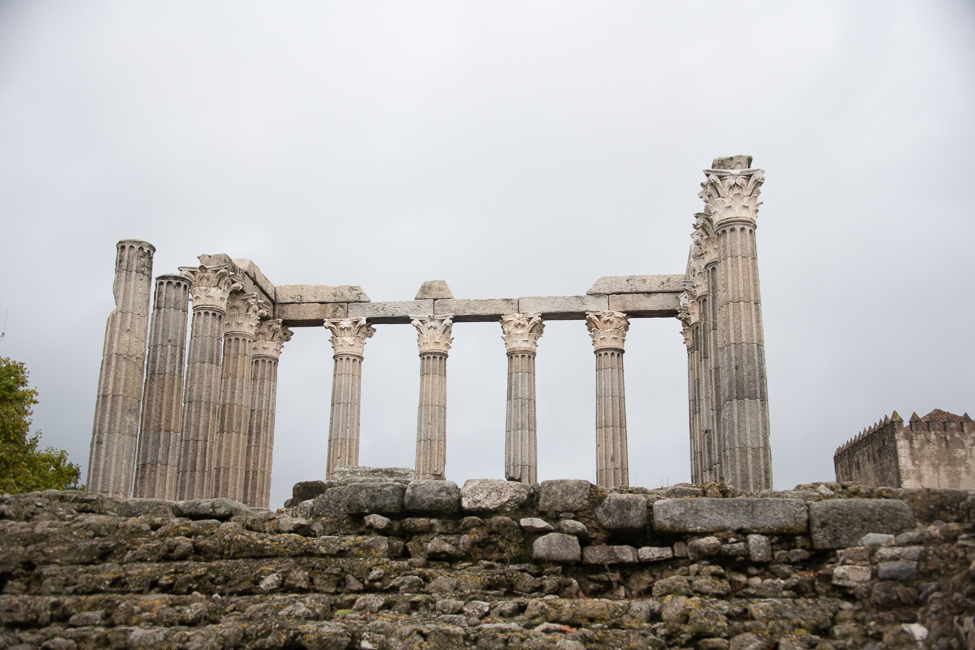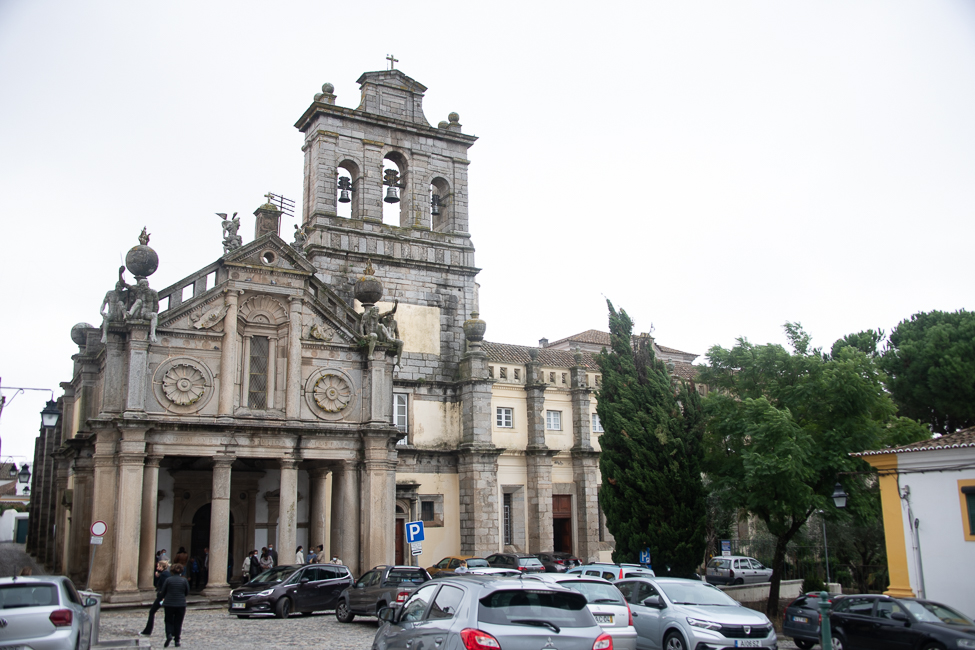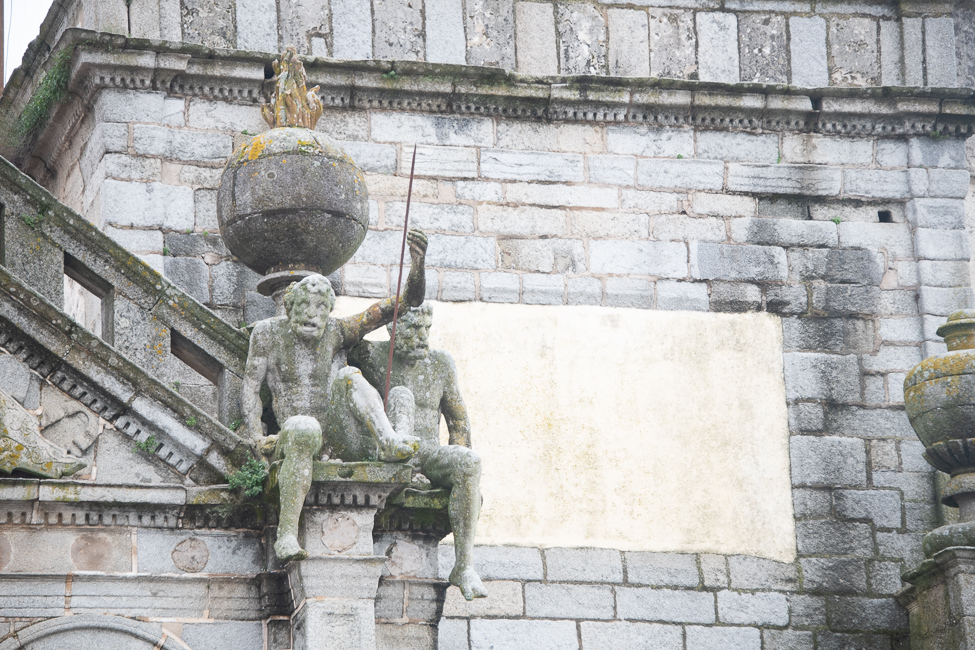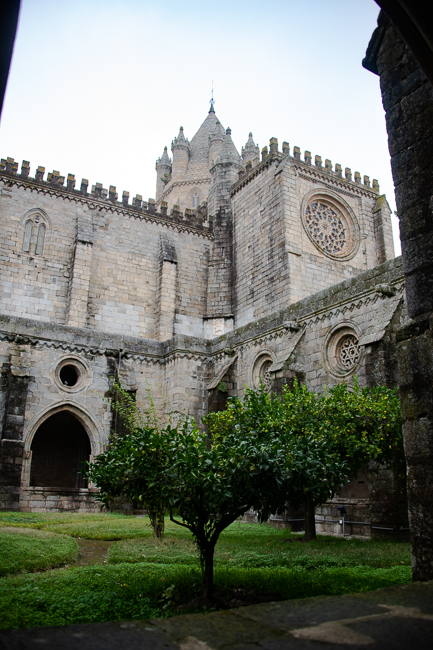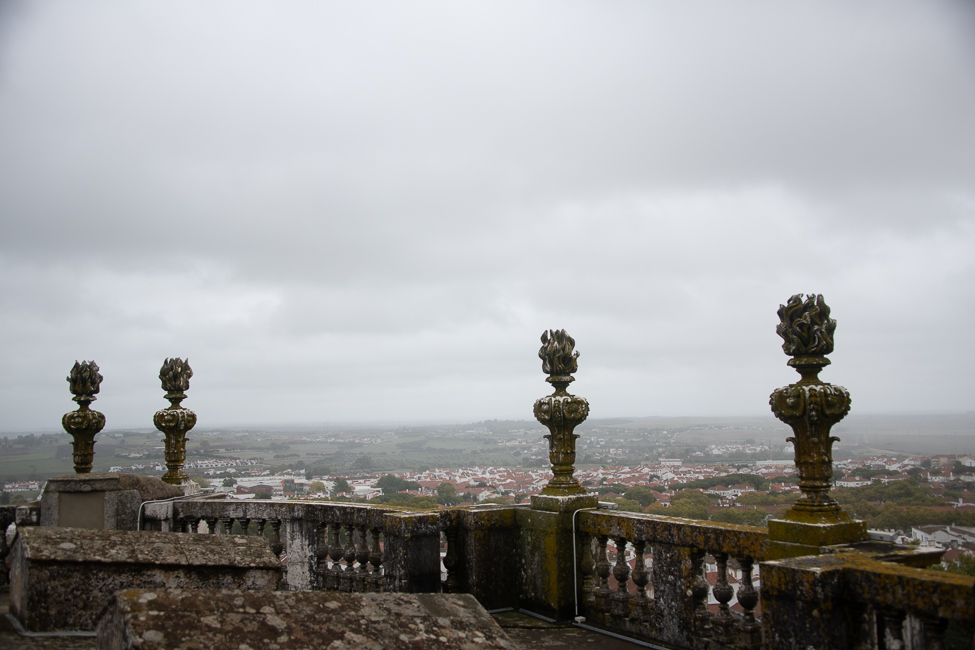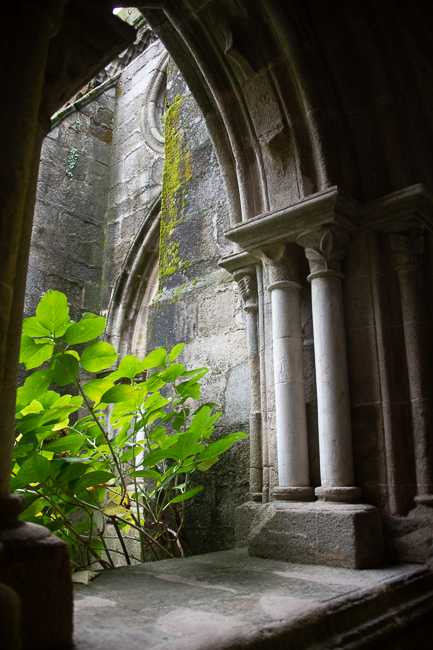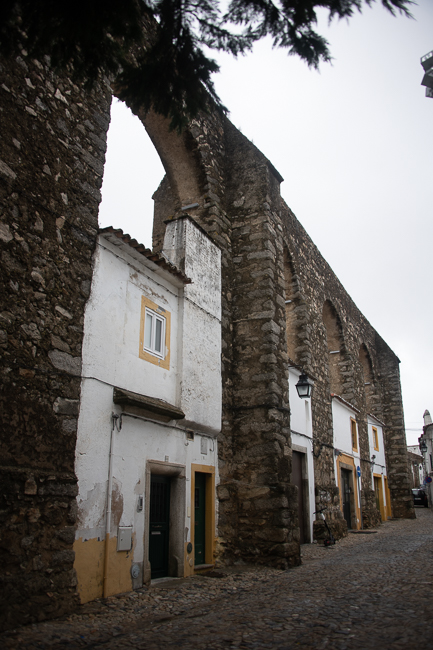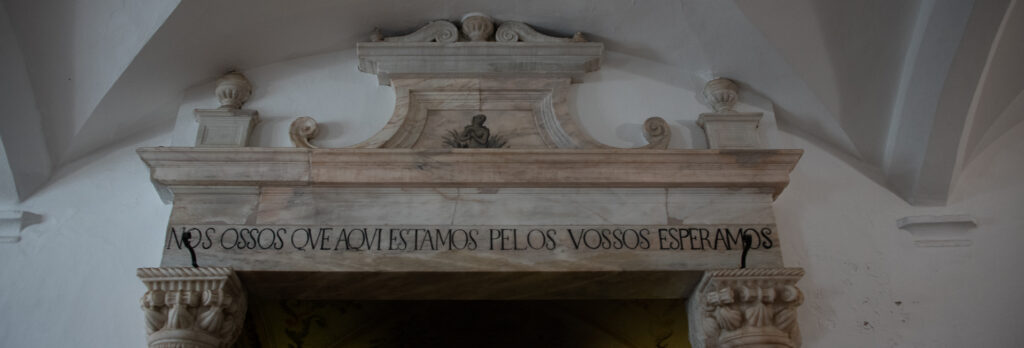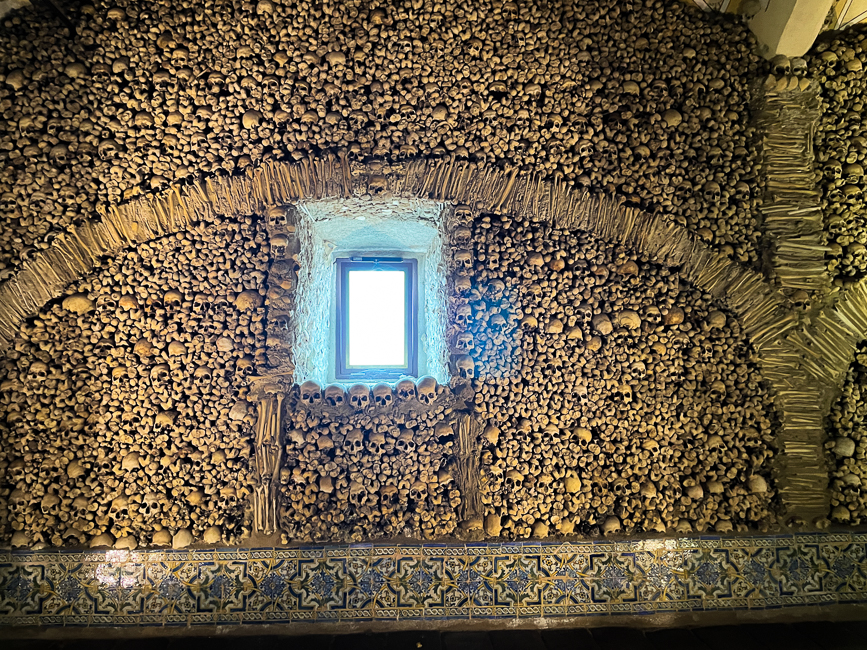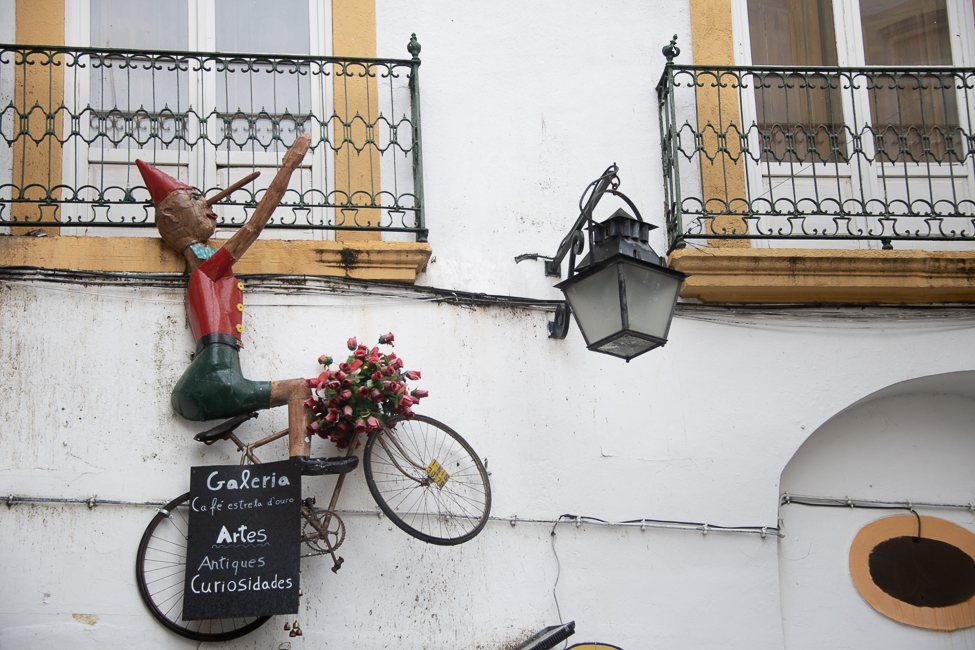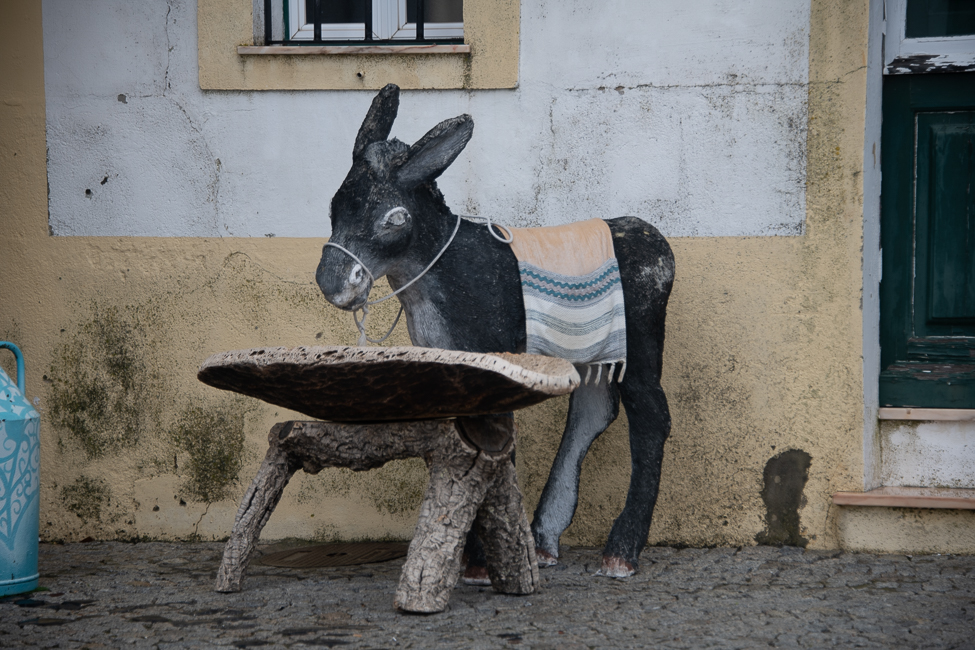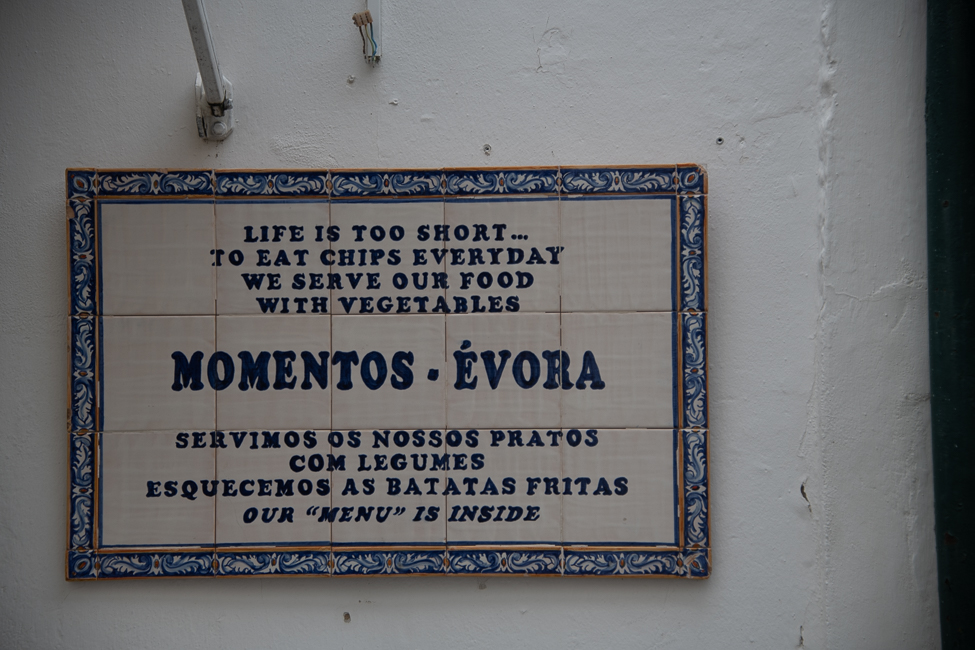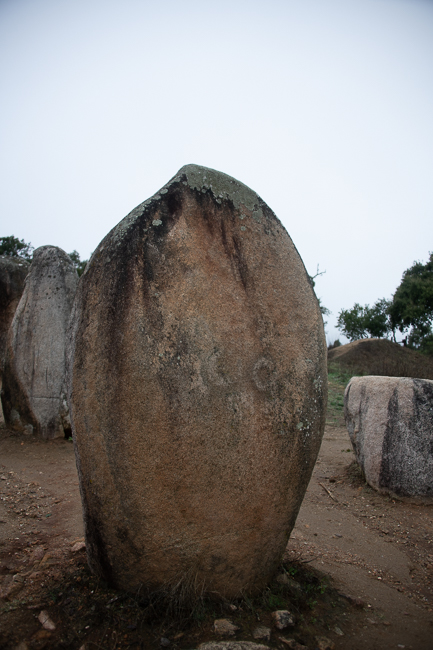Halloween – 2021
I am driving from the south of Portugal to Porto attempting to hit as many UNESCO World Heritage sites as possible. My first stop, Évora. The entire town is walled and a UNESCO site. It is also the perfect town for Halloween if you enjoy the macabre.
For such a tiny town, Évora is steeped in history. From 70 to 72 BCE the town was headquarters of Roman commander Quintus Sertorius (a Roman general and statesman who led a large-scale rebellion against the Roman Senate on the Iberian peninsula). It was then named Liberalitas Julia because of privileges bestowed upon it by Julius Caesar. About 712 CE the town was conquered by the Moors, who named it Jabura, and it remained under Moorish rule until around 1166.
In the 15th–16th century the kings of Portugal began residing regularly in Évora, then from 1663 to 1665 it was in Spanish hands. It returned to Portugal in 1832. Having been fought over so many times, Évora has a coat of arms that features two severed human heads.
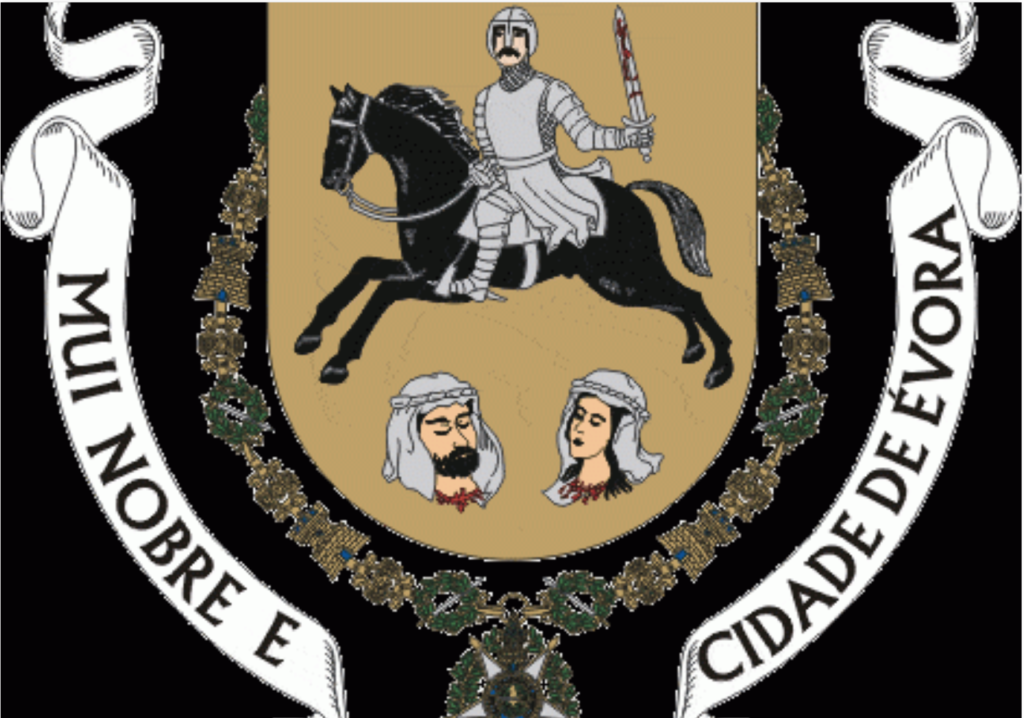
In the interior of the shield is the horseman Geraldo Geraldes (Gerald the Fearless) on a black horse wielding a bloody silver sword. On the bottom of Évora’s coat of arms, are two heads of Moors, a man and a woman, decapitated by the sword.
Templo Romano
The Templo Romano stands in the center of town. It is thought that it was constructed around the first century CE, in honor of Augustus, who was venerated as a god during and after his rule. The temple was destroyed during the 5th century by invading Germanic peoples.
Igreja da Graca
Off of a very narrow street from the Rua da República, I caught this church out of the corner of my eye, and I stopped dead in my tracks. Built as a convent between 1537 and 1546, it is topped by four large figures supporting globes, apparently meant to symbolize the four corners of the Earth and the universal power of King João III. The convent was dissolved and the building fell into ruins and in 1884 the vault of the church collapsed. The exterior of the building was restored in the second half of the 20th century
Cathedral of Évora
The Cathedral of Évora, built between 1186 and 1250 is the largest medieval cathedral in Portugal. It has undergone considerable architectural changes but it is still rather amazing in its grandeur.
Aqueduto da Agua da Prata
The aqueducts construction began under King João III in 1532, under the direction of the royal architect Francisco de Arruda. It was most likely built atop a Roman aqueduct. While the aqueduct no longer brings water to the town of Évora, it still does bring water to its fountains. Over the years, people have built homes within the arches of the old aqueduct.
I have always loved the macabre and it is Halloween so I saved the best for last.
Capela dos Ossos
The Capela dos Ossos was built by Franciscan monks. Around 5,000 corpses were exhumed to decorate the walls of the chapel. The bones, which came from ordinary people who were buried in Évora’s medieval cemeteries, were arranged by the Franciscans in a variety of patterns.
I often think people misunderstand things like this. I find the reasons the monks did things like this across the continent was to be reflective on life and death. Inside the chapel is a poem in an old wooden frame, attributed to Padre António da Ascenção Teles, parish priest of the village from 1845 to 1848.
Where are you going in such a hurry, traveler?
Pause…do not advance your travel.
You have no greater concern,
Than this one: that on which you focus your sight.
Recall how many have passed from this world,
Reflect on your similar end.
There is good reason to do so;
If only all did the same.
Ponder, you so influenced by fate,
Among the many concerns of the world,
So little do you reflect on death.
If by chance you glance at this place,
Stop … for the sake of your journey,
The longer you pause, the further on your journey you will be.
—Padre António da Ascenção—translated by Carlos A. Martins
Fun things wandering around town:
Almendres Cromlech
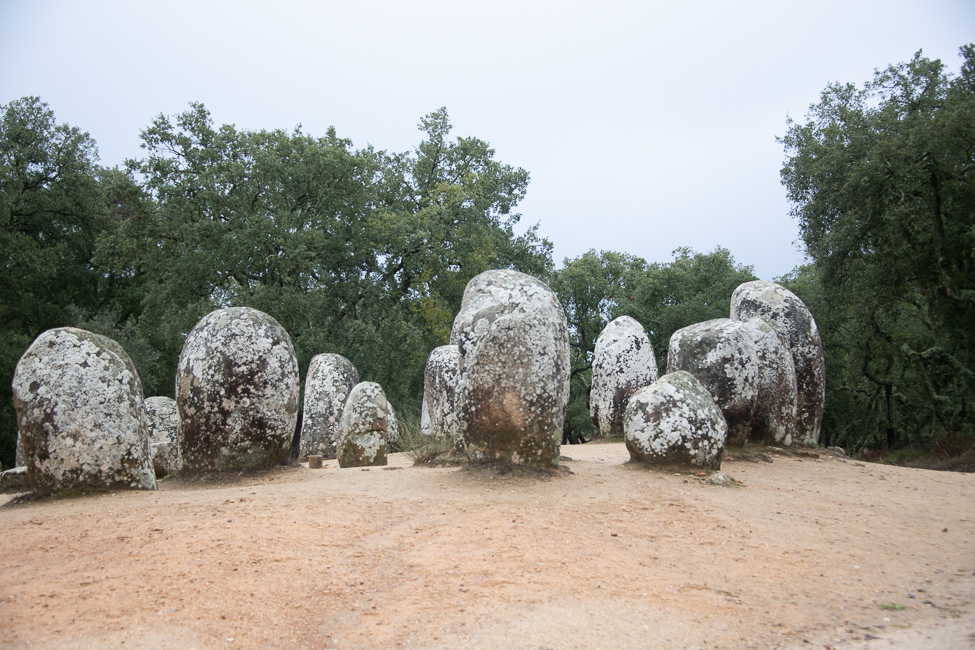 About 16 miles outside of Evora, down a rather rugged dirt road are the Almendres Cromlech. This well-preserved site is the most important megalithic arrangement in Portugal and is also believed to be one of the oldest stone circles in Europe.
About 16 miles outside of Evora, down a rather rugged dirt road are the Almendres Cromlech. This well-preserved site is the most important megalithic arrangement in Portugal and is also believed to be one of the oldest stone circles in Europe.
The site consists of over 90 granite standing stones arranged in two ‘twin’ circles.
The ring to the east is circular in shape and the smaller of the two. It contains the oldest stones, which have been dated to the Early Neolithic period (6000 BC). The ring to the west, is elliptical in shape, and is believed to have been built during the Middle Neolithic period (5000 BC).
Speculation is that the stones were used for astronomy, there are also markings found on some of them. A mystery, yet to be solved.
Portugal Ponderings
I speak fairly good Spanish, I stumble for words, but I can converse using proper tenses and some idioms. So I was taken aback by Portuguese. It is a romance language, many say, close to Spanish, and yet I can not read very much of it, and do not understand much either. It has a far different sound than other Romance languages. I wondered why and discovered a very lengthy complicated article on proto-Romance languages, ancient manuscripts and the evolution of Latin, to find that Portuguese is closer to Latin than other Romance languages
